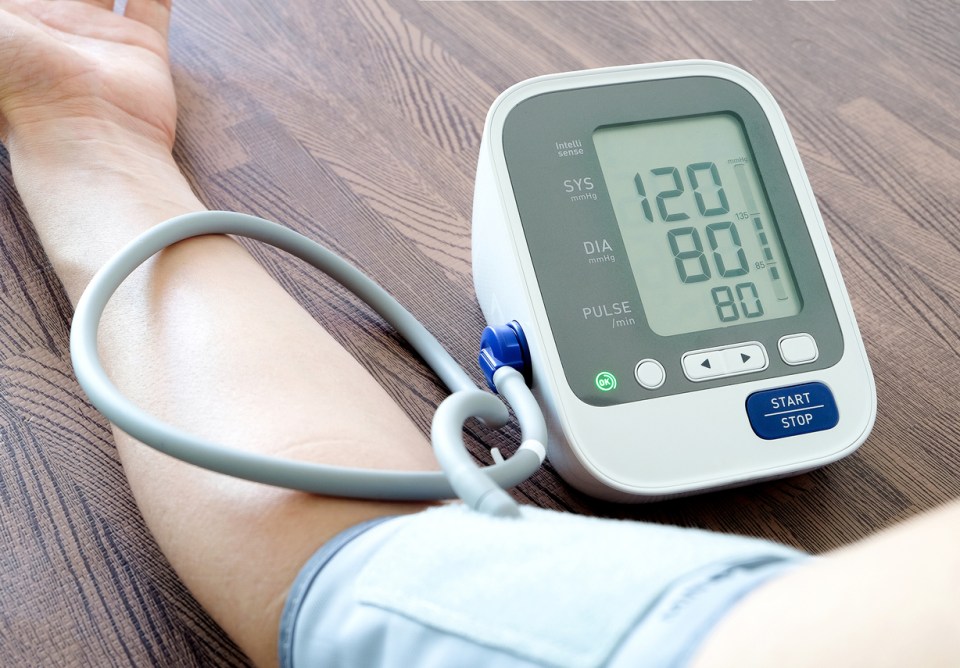A quick look at some statistics should make stroke prevention a priority for you and your family. Stroke is the fifth leading cause of death and the leading cause of disability in adults over 50 years old. Almost 800,000 strokes occur each year, which translates to about 1 every 40 seconds. These are all large numbers, but just a few small numbers can keep you out of this not-so-exclusive club of 6.6 million stroke survivors.
120/80 — Your blood pressure
It wasn’t that long ago that we considered 140/90 or below the ideal blood pressure number. I can remember 30 years ago when we advised patients that a little high blood pressure was OK and that we would just watch it. No more. While high blood pressure is the single most important risk factor for stroke, it is something you can control. Lowering your blood pressure reduces the risk of stroke by 30-40 percent. The new number is 120/80 for “elevated blood pressure” and 130/90 for stage One Hypertension. Both you and your doctor need to work hard to control your blood pressure through both medications and lifestyle changes that include diet and exercise. For the average person, there is no such thing as a “little” high blood pressure that won’t hurt you.
LDL of 70
I have friends and patients who carefully watched their diets and exercised religiously in an attempt to lower their cholesterol, only to achieve modest success. Then, the “statin” drugs came along. These pills did what all the sweat and workouts could not– lowered their bad cholesterol (LDL) to normal levels. In particular, these pills can reduce the risk of a second stroke. If you are at risk for heart disease or stroke, the new number is a LDL lower than 70.
100 and 6.5%: Diabetes Mellitus
Do you know your blood sugar? Many people do not. Diabetes is a risk factor for stroke. If you have it, you must control your blood sugar. For a diagnosis of diabetes, the new levels for blood sugar are a fasting blood sugar of less than 100mg/dl or an A1C greater than 6.5 percent. Hemoglobin A1C is a measure of how well someone’s blood sugar has been controlled over the prior 6-8 weeks. Know your blood sugar and control it.
1-2 per day
How often have you been at a party and heard someone with a drink in their hand say, “You know, I read that alcohol is good for you and will prevent a heart attack or stroke?” The key is moderation, although the definition of moderation is not what you might think. Alcohol, in all forms, seems to have a beneficial effect, but the recommendation is no more than two servings of alcohol a day for men, and no more than one for non-pregnant women. You may be surprised to learn that a serving is one ounce of hard liquor, a 12 ounce beer or a 6 ounce glass of wine.
3 times a week
Hopefully you guessed “exercise.” Even modest and low impact exercise improves the functional abilities of stroke survivors. However, in order to keep you out of that statistic, we suggest 30 minutes, three times a week of moderate physical activity that causes you to break a sweat or increase your heart rate.
ZERO smoking
Not a half a pack or just a few a day- when it comes to tobacco products, the number must be zero. Smoking not only causes lung cancer, but it is a risk factor for heart disease and stroke. It is never too late to quit smoking and your doctor can help provide a variety of strategies, including oral medications.
You probably can remember the score from your favorite team’s last game, particularly if they won the championship. Be a “stroke champion” and remember these new numbers.
The content of this site is for informational purposes only and should not be taken as professional medical advice. Always seek the advice of your physician or other qualified healthcare provider with any questions you may have regarding any medical conditions or treatments.




